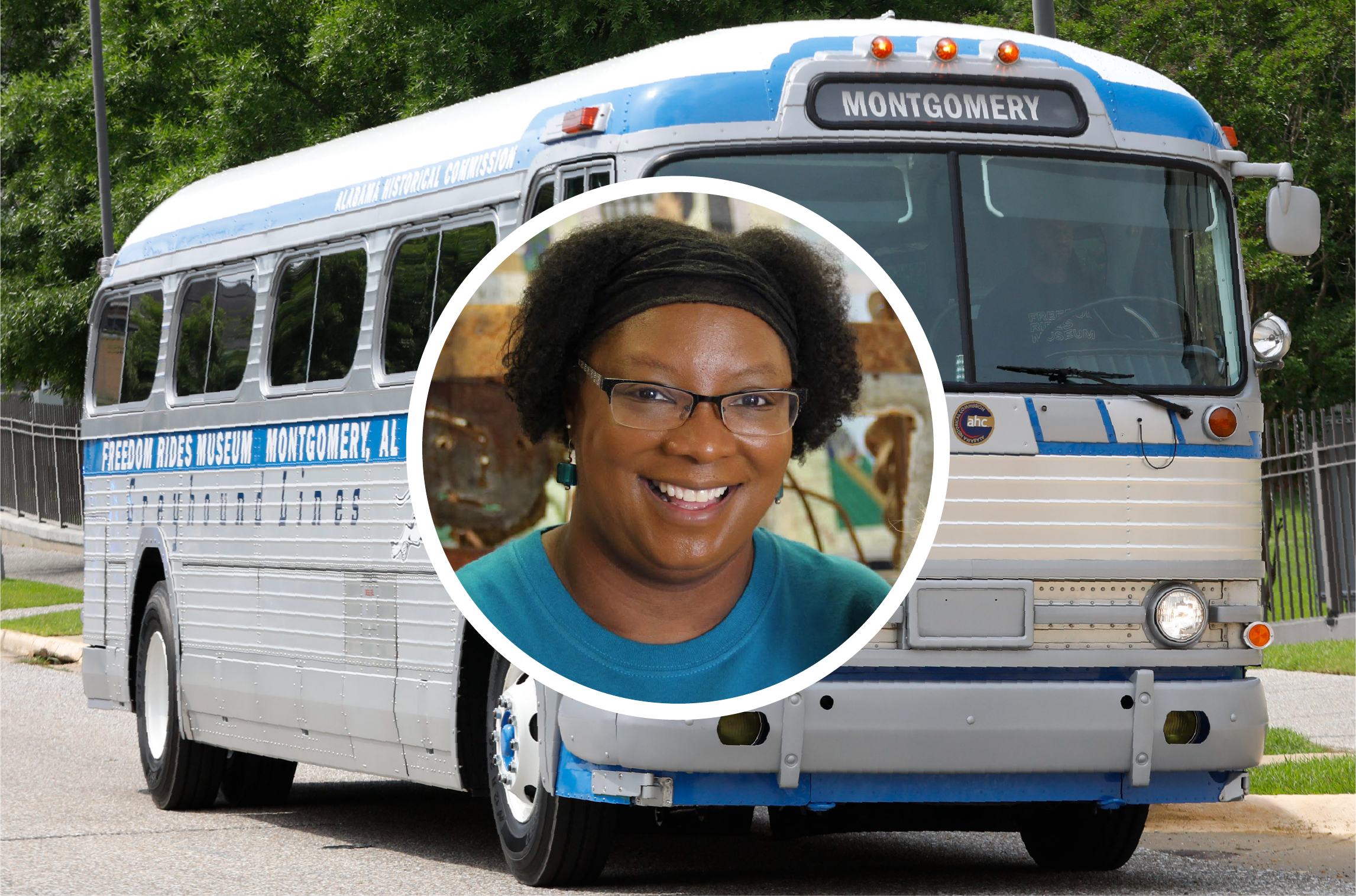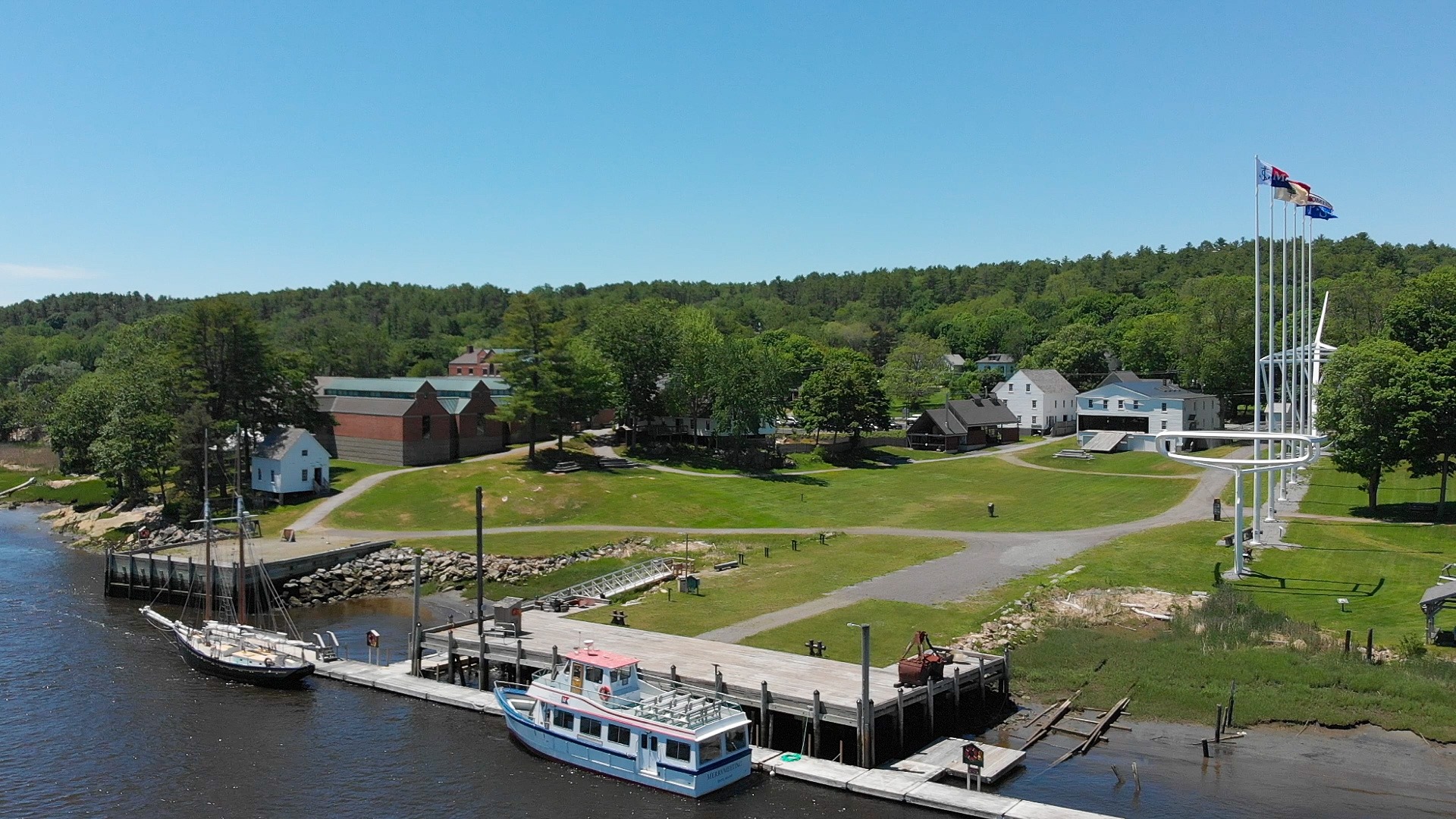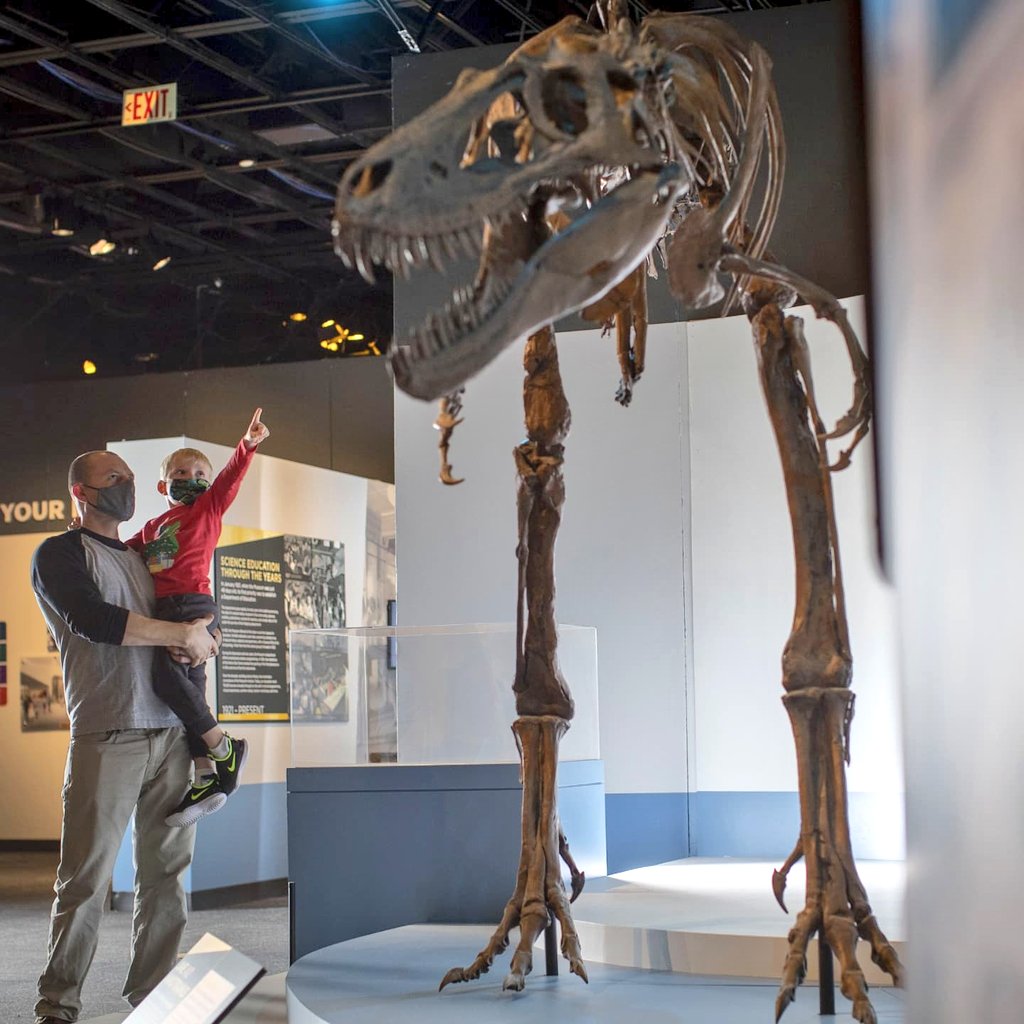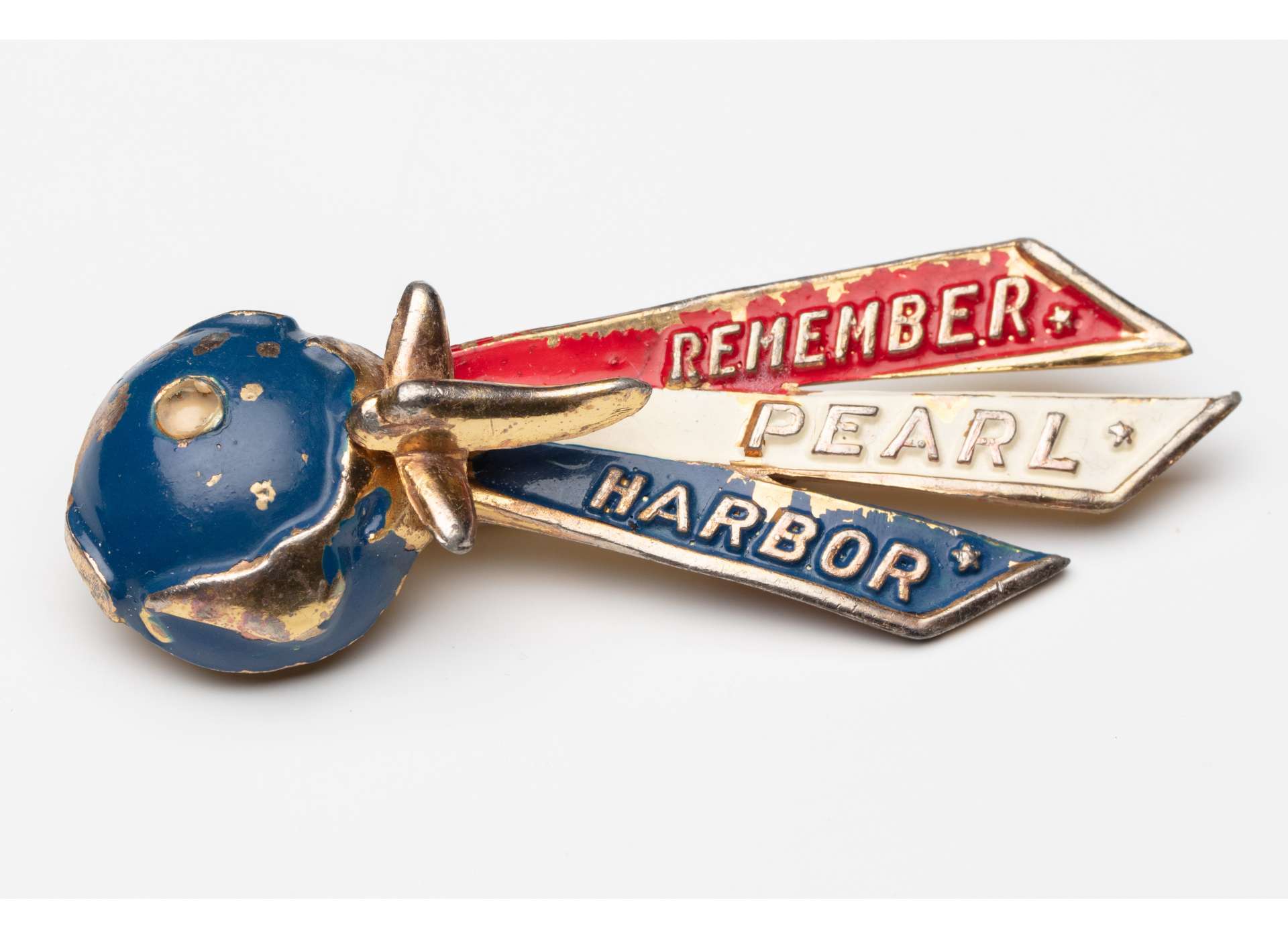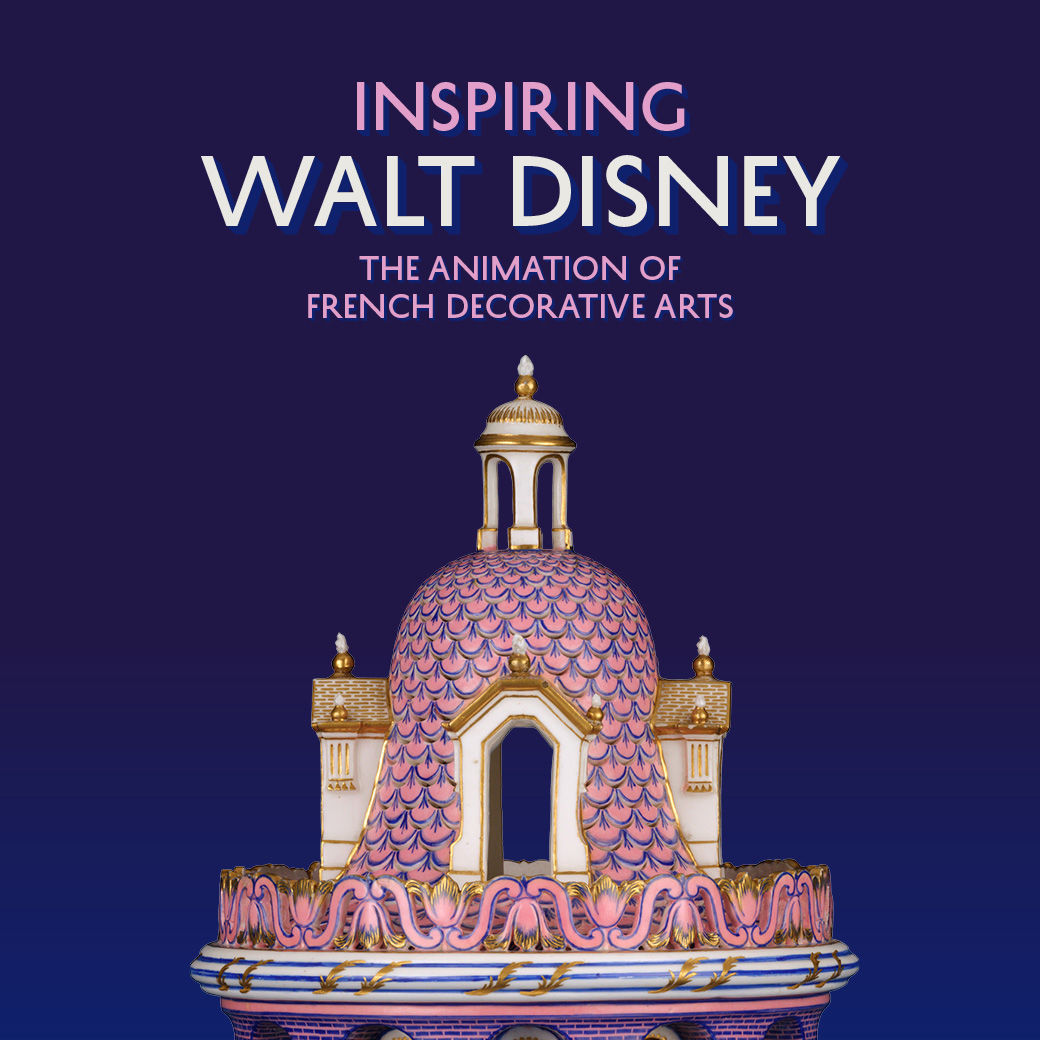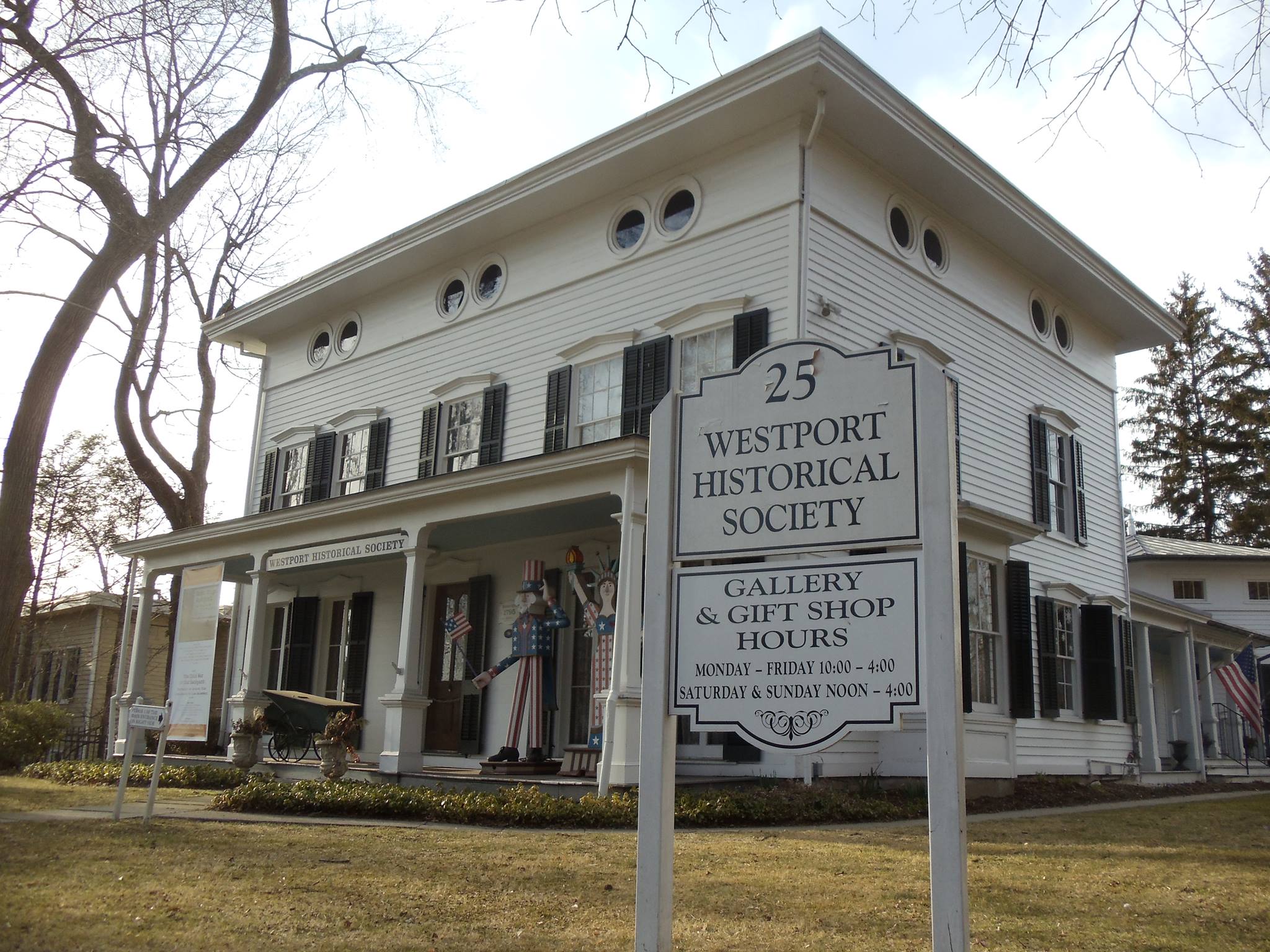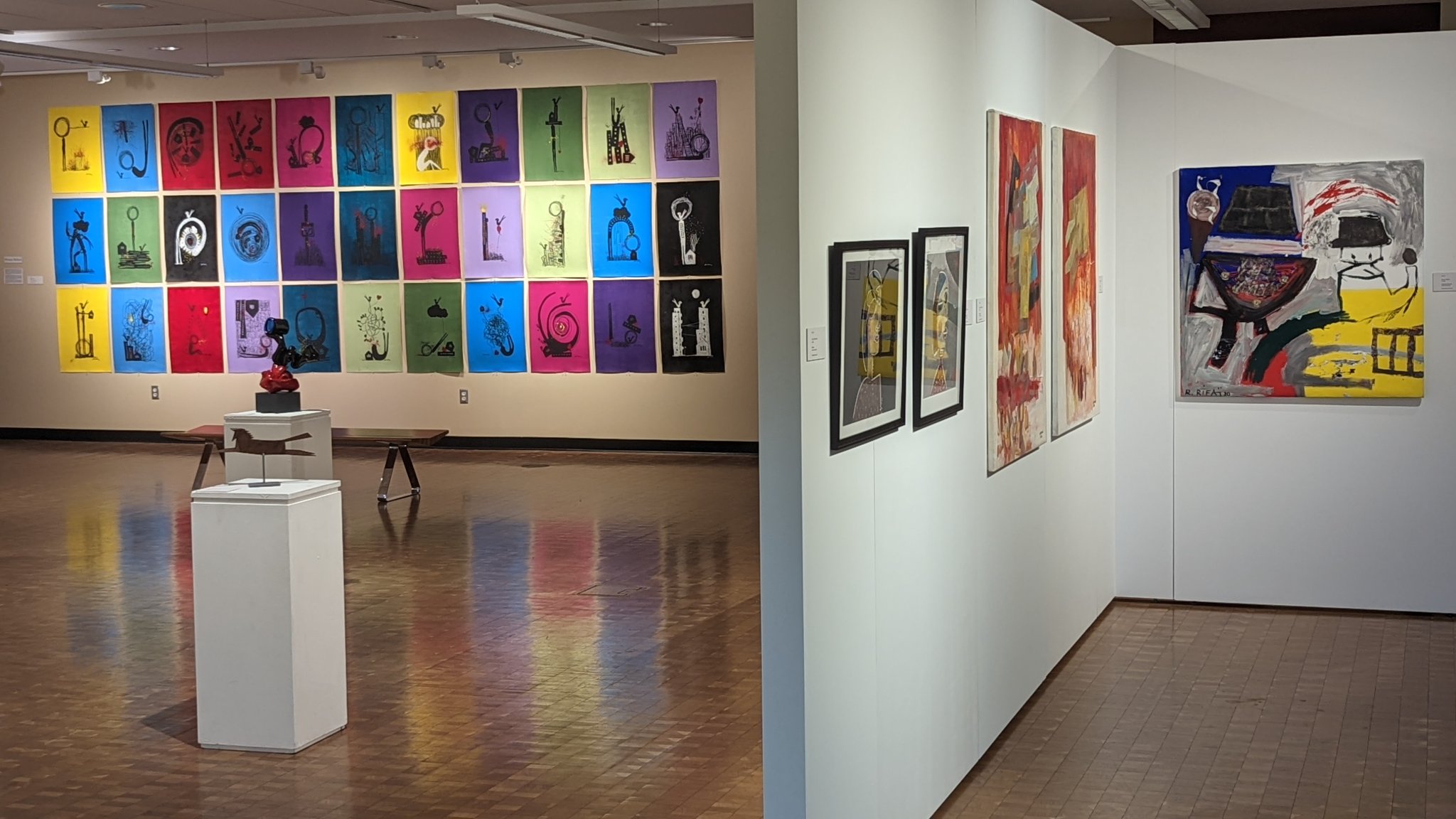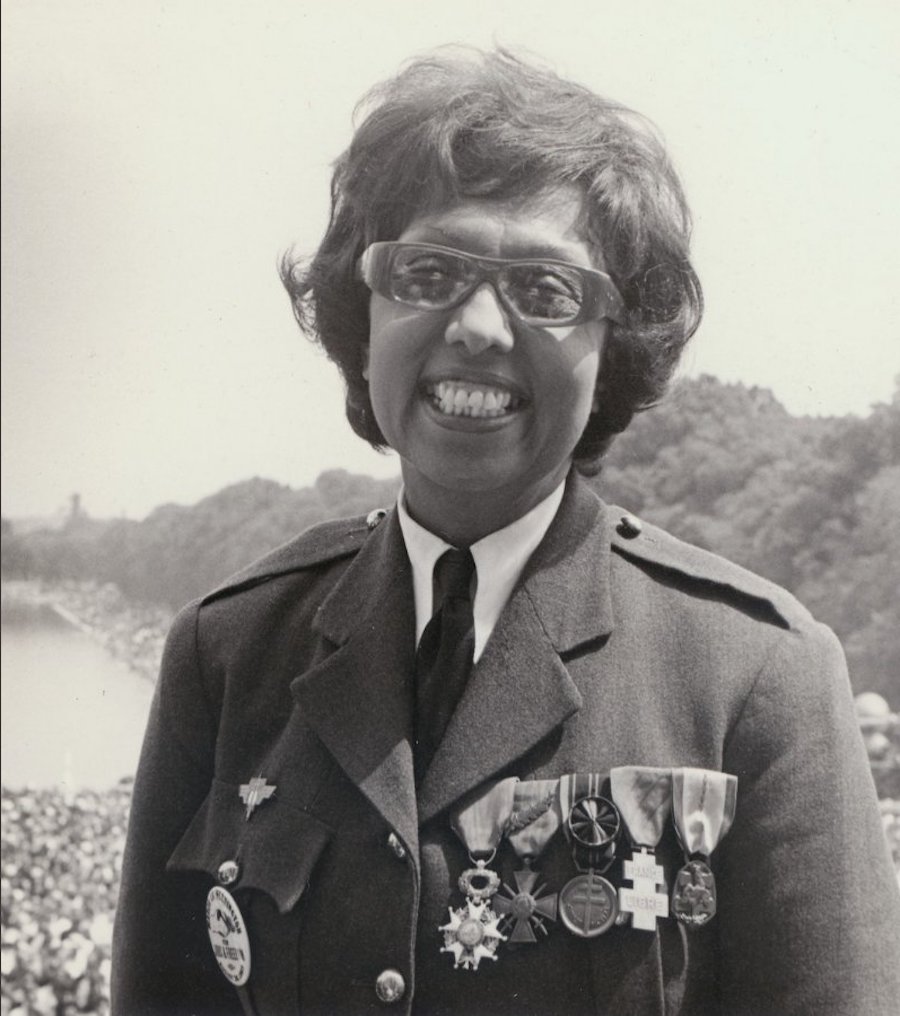Bill McCrea, Tryon Palace
William J. McCrea was appointed Executive Director of Tryon Palace in January of 2018, after serving as Associate Director of the North Carolina Museum of History and Director of Regional Museums. He joined the Museum of History staff in 1999. Prior to that, he was head of architecture and restoration for the North Carolina State Historic Sites for 18 years.
Bill did his undergraduate work at the University of Massachusetts Amherst and received a master’s degree from the University of Virginia. He has been a director on a variety of boards and was a founding member of the Museum of the City of Raleigh, serving as chairman of the board for eight years. He has published and spoken nationally on a variety of topics.

How are you doing at Tryon Palace, after everything that’s occurred in the past year?
We are doing remarkably well right now. Our revenues from ticket sales for April and May exceeded those for 2019. Like everybody, 2020 was a complete wash, but we’re seeing that people are very eager to get back out and want to engage.
If we turn the clock back more than a year, we were completely closed from the end of March through the first week in June. We were allowed to open our gardens pretty early because it was a much safer environment. Then in mid-September of 2020, we got permission for limited occupancy with social distancing tours, and we were able to open the palace itself back up. So, it could have been much worse, and it was nice to be able to welcome people back in and reconnect with them.
During those months that you were closed, was there anything you were doing that helped you stay connected to the community?
We planned to do a Christmas program but that was when all the cases were ramping up. So unfortunately, we had to cancel. However, we had a sponsorship for our black-powder fireworks that we normally would do over two weekends. We talked to the sponsor and said, “We’d like to combine them on one day and celebrate with the community.” So, we were able to do a fireworks display at Christmas. We had to have people in cars and distanced, but it was really spectacular.
The Department of Natural and Cultural Resources, of whom we are part, was pushing for as much online programming as possible, which took a little bit for us to get our legs under us, but we were able to implement some Facebook Live programs.

Do you think you’ll continue doing that in the future?
We will and to that end, we were fortunate enough to get a National Endowment for the Humanities Grant that helped us return our part-time interpreters who give the tours. One of the best parts was that it provided money for a videographer to do school group tours geared at the fourth and eighth grade. So, we now have two school group tours that we can make available to schools.
When you were finally allowed to let people back into the building, what sorts of things were you doing to put social distancing into place and ensure everyone’s health and safety?
We had signs everywhere and we had to limit our tours to no more than ten people, because that was the maximum number that we could get in some of the smaller spaces and still ensure distancing. Normally, we bring people to the second floor which involves going up this absolutely incredible mahogany staircase, but under the cleaning protocols, our conservator was afraid that we would really deteriorate the stair. So, we switched the tour to first floor and cellar, and we were able to give a very good experience of the palace without going to the second floor.

How do you see Tryon Palace as adapting to these changing times in a strategic manner? What have been your thought processes going forward from here and coming out of the pandemic regulations?
We have the Tryon Palace Commission that is appointed by the governor that provides us with a lot of guidance and certain oversight. In the pandemic, they said, “This is probably a good time for us to do a new strategic plan.” So, we are in the midst of that, which I think will begin to create a new vision for the future of Tryon Palace.
Being at home, or tele-working, gave a number of our employees the opportunity to re-conceptualize tours and tour scripts. We have a program of tours called Discovering Tryon Palace. They’re different than the regular tour, and they’re focused on a particular theme. We have just prototyped a new Discovering Tryon Palace tour called The Lesser Stair, which deals with all the people that worked at Tryon Palace. It’s very much of an upstairs-downstairs kind of approach like “Downton Abbey.”
The challenge is, although Tryon was a royal governor, our documentation is very lacking. I suspect that if you’re a royal governor, you’re not going to be writing about the cook or the maid servant or your valet. We’ve had to extrapolate a lot of things, but we think that’s going to be very popular because it begins to put real faces behind the people that were working.
We also developed a military encampment on the grounds. When we were only opening the gardens, we felt that there needed to be something more for our visitors. One of our interpreters, who is an expert in military history and the life of a soldier, took it upon himself to begin to develop this encampment, which grew, and grew, and grew. And then we were able to bring back volunteers to help him, and we expanded it to more domestic skills.
So, we have something that people can spot almost immediately when they come on the grounds, and because there are costumed people there, it’s a real magnet. It gives us the opportunity to talk about stories that are not necessarily part of the regular tour, so that has been an enhancement to our program that’s a direct result of the COVID pandemic.
What are you doing to help ensure the story of Tryon Palace is sustainable?
I think what’s happening in museums is, we’re all re-thinking the teaching of history, what people want to learn, how to make them as passionate as an earlier generation was in creating Tryon Palace. And of course, that means attracting young people and young families, so we have that as a target.
Have the social justice movements of the past year influenced your interpretation or the conversations you’re having with guests?
We’ve had an African American outreach coordinator on staff for two decades. We’ve been working hard to connect and to make more real the history of African American involvement. As I mentioned, with our Lesser Stair Tour, the challenge is we don’t have great documentation, and as a good history museum, you want to back up everything you say.
We have a robust African American lecture series, a performance troupe, and a reenactment group that depicts the United States Colored Troops. The 35th USCT was founded here in New Bern on property that we now manage. There’s more for us to do, and there’s more for every museum to do in being more inclusive.

There’s a big conversation going on around language and the rhetoric of how we talk about historic people and events. Is that something that you are considering?
With the development of the Lesser Stair, there was a lot of discussion of, “How do you refer to people?” A lot of our interpreters are older, and are uncomfortable with using the term slave, so we refer to everyone who worked in the palace as a servant, and that some of them were hired, some of them were free, and some of them were enslaved persons. So, we’re trying to use language that focuses on the person and not the condition.
We want use language that’s accurate and respectful. It reminds me a lot of the changes that occurred when the Americans with Disabilities Act first came online. I’m old enough to know what that meant for museums and institutions, when we started using language that was more inclusive and focusing on the individual rather than the disability. Those language things have occurred through ADA, and I think we’re learning from that on how to make those changes in a much more acceptable way with more contemporary issues.
What do you think is the importance of the language that museums are using?
We think that we’re communicating important ideas and if the language that you use interferes with the visitor receiving that message, you fail. Better language helps you better connect your message to the visitor, rather than creating a barrier between the two of you.

What do you think the continuing role of museums is in a community? And is that changing?
I think it is changing a little bit, certainly with the Black Lives Matter Movement and the social disruption in the summer. People started looking at museums as places where dialogues and engagement with the community can occur. I see that all of us will be moving more so in that direction of building better communities by having better communication.
Do you think we’re going to see changes in audience behavior in how they are interacting with museums?
That’s probably going to happen and, to a certain degree, was happening even before the pandemic hit and the social disruption of the summer. People are much more open to asking questions about difficult subjects, and we are always trying to train and educate our staff to be able to give historically correct answers to those difficult questions, but also not to feel uncomfortable talking about things that make us uncomfortable.
People are not as willing just to accept as carte blanche what you say, because you can only tell history from so many perspectives. It’s always good to hear somebody else’s view on it.
Is there anything going forward at Tryon Palace that you’re really hoping to explore?
We’re looking at how we can integrate some cellphone use. I personally feel that most people come for the personal connection that they get on a tour; however, we have so much more information than you can easily communicate. So, we’re looking at ways in which the visitor can kind of self-direct how much information they get, and we’re looking to do that in the simplest way, and with the least impact on staff.

We have to be mindful of what this new technology means for staff. With all the digital programming that’s come into play this past year, it feels like people working in museums need to have an additional skill set now.
And that’s exactly what we experienced at the beginning of the pandemic, when the push was to do things virtually, and that was a whole new experience for us. Fortunately, we had a couple of staff members who quickly figured out how to pull all that together for it, but as we go forward, it will certainly have challenges from a technology standpoint. Like every other museum, we’re trying to find the right balance between virtual programming and, I’ll call it, real programming.
I know I’ve heard from so many people who have said if they have to do another Zoom meeting, they’ll scream, but I think we also are seeing that utilizing the technology of Zoom or Microsoft Teams can be done well. Rather than pulling people from different locations together, you do it from your desktop. It’s not quite the same as being in-person, but it certainly is more efficient.
It seems like the museum community really bonded together over the past year. Was that your experience?
We had tremendous support from our department administration, from HR, from budget and whatnot, so part of the pandemic improved interdepartmental communication. It also improved our sharing of ideas with other colleagues within our department but also nationwide. I think that has been a very nice result of the pandemic, in that, we have opened communication with other professionals and we’re exchanging ideas. Not that we were opposed to that before, but this sort of forced us because we were all in a new world, asking “Okay, what are you doing to make this work?”
We had some good discussions with the North Carolina Museum of History about how they’re reopening interactives in a safe way and some of the products that they’re using. No one felt like, “Oh, I’m not going to tell you because then you’ll get a jump on us.” It’s a very open situation and that was just a real positive outcome of it.
Museum communities are very good about sharing ideas and it’s not a business where you want to keep anything as a proprietary piece of information, but it’s very open and sharing. So, I think that has been an extremely positive outcome of the pandemic.




